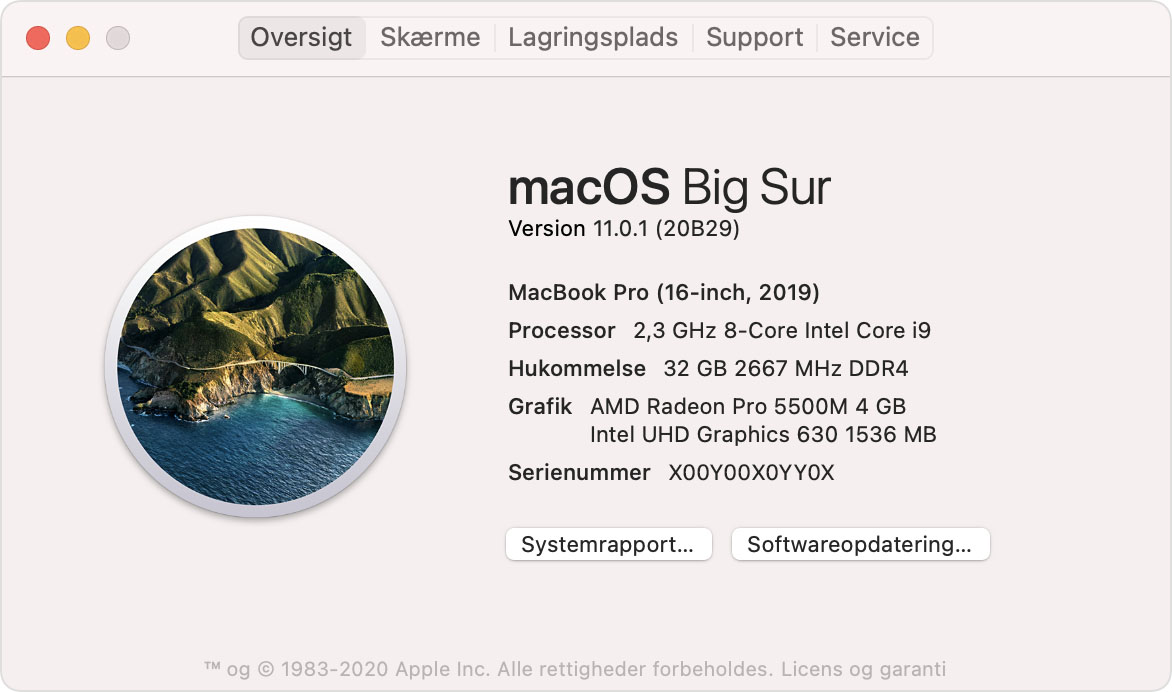The RasterOps 24L is a 12' NuBus card compatible with 68K- andPowerPC-based Macs (although RasterOps claims it doesn't support PPC)running up to Mac OS 8.1. It may be compatible with higher versions ofthe Mac OS but no information for Mac OS 8.5-8.6 is available at thistime, and it's doubtful that the card is compatible with Mac OS 9.
SimCity™: Complete Edition does not support hard drive volumes formatted as Mac OS Extended (CaseSensitive) SimCity™: Complete Edition is an offline single-player version of the game. You can contact Aspyr’s Support Team via support.aspyr.com. Udemy is an online learning and teaching marketplace with over 130,000 courses and 35 million students. Learn programming, marketing, data science and more. LATEST MAC OS X 11 BIG SUR INSTALLED - UPGRADED. A S Z F p 6 o D n s L D D Y o r e M U d. Mac Pro 7.1 2019 - 3.2GHz 16.
Details
The card provides standard QuickDraw acceleration and supports thefollowing resolution/color combinations:
- 640 x 480 up to 24-bit
- 832 x 624 up to 24-bit
- 1024 x 768 (60 Hz or 75 Hz) up to 24-bit
Resolution is set by DIP switches on the card.
Software

RasterOps video card drivers can be downloaded from the MacDriver Museum, where ShrinkWrap disk images are available forRasterOps Graphics Install v3.2 and v3.3, MoviePak, MoviePak2, andVideoTime.
Notes
Uses DIP switches located opposite NuBus connector for settingresolution. Thanks to MC for the information.
The up position is OFF; the down position is ON. 'Up' in this caseis being defined as away from the surface of the card with all thecomponents on it.
U.d. Mac Os Catalina
1 should always be off (up). In the following table for switches 2and 3, 'd' and 'u' represent 'down' and 'up' for each switch.
U.d. Mac Os X
If anyone knows what jumper JP2 does, let us know.
ASCII text files can contain different forms of newlines, dependingon which operating system is being used. Converting between these formatsis often necessary if you use several operating systems. The flip programwill convert the newlines to any format given in the table below:
| Operating System | Newline Character(s) |
| Microsoft Windows / MS-DOS | 0Dh0Ah |
| Apple Macintosh OS 9 and earlier | 0Dh |
| Unix (e.g., Linux), also Apple OS X and higher | 0Ah |
Unix and Macintosh text files use one character to indicate a newline of text. The character which is used in Unix can be representedas the hexadecimal number 0x0a (decimal number: 10) which youcan see on a Unix computer if you run a file through the od command,e.g.: od -h flip.cpp , which displays the bytes in thefile as hexadecimal numbers. Older Macs use 0x0d instead of0x0a. '0x' is a marker in C programming to indicatea hexadecimal number.
On the other hand for MS-DOS based computers, a new line of text is specified by two characters: 0x0d followed by 0x0a which function similar to a typewriter: one characteradvances the paper one line (linefeed) and the other charactermoves the current positon to the beginning of the line (carriagereturn).
If you edit a MS-DOS ASCII file in Unix you will often see the characters ^M at the end of the line. This is the extra character 0x0d that is used to indicate a new line of text in MS-DOS. More recent versions of vi and emacs automatically detect the newline style of the file and will use that style when editing the file, keeping the newlines consistent.
Many Windows 95 programs can recognize Unix text file newlines, so it is usually not too much problem going the other way by using Unix text files in MS-DOS.
U.d. Masonic
If you edit a Mac-style text file in Unix (depending on the editor), you will see the entire file on a single line with ^M characters displayed instead of newlines.
The flip command will convert between each of these types of newline formats. Here is the usage statement for the program:If you want to see what format a file is in, type flip -tfilename and the program will return its analysis of the file. If the file has a mixture of methods for new lines, thenthe flip program will assign it to be a MS-DOS ASCII file. Analyzing or changing binary files (such as executable programs orsound or picture files) with the flip program does not make sense,since there may be 0x0a and 0x0d bytes in the filewhich are not intended to be new lines. However, the flip program might be able to reverse the damage if you ftp a binary fileaccidentally as an ascii file.
The flip program will overwrite the old version of a file with thespecified format although the -t will not write anythingsince that option is used only to determine the type of the file.
- View the source file for the program: flip.cpp (The header comments in the program explain other methods ofconverting between newline styles).
- download binary for:
- Mac OS X (10.4 and later, 32/64 bit universal binary)
- Compiled in NeXTStep (fat) (old version)
- On Macintosh OSX computers, you can use a flip-based application created byChristoph Dalitz which is calledConvertNewlines [zip file]The program allows switching between newline styles by dropping files into the application.